Car Color and Its Effect on Value
After choosing the car you want, the next choice is its color. Do you want to go with something standard such as black? Does white look cleaner for longer? Maybe you would like to go with a bright blue to stand out and show your personality. What is interesting to note is that the color of a car can impact its original cost, as well as how quickly it loses value. In some cases, cars depreciate two times faster simply due to their color. The most popular colors are black, white, and silver, and remain somewhat neutral. Colors such as yellow and orange tend to hold their value longer, which is quite interesting seeing as they are bright and seemingly rarer.
Does Car Color Really Matter?
Although it may not seem like it, color is a huge feature when it comes to cars and their long-term value. The color you choose today will essentially impact how much your car is worth when you try to sell it a few years from now. Color trends do change, so oftentimes this is more of a gamble than others.
In some cases, there is a chance that the color you chose a few years ago, may not still be popular today. In other cases, it could be just as popular or even more so. This is based on economic trends, color trends, and other factors as well. Therefore, sometimes playing it safe is the best option, but this is not always the case.
Choosing an unpopular color might cause depreciation, but it may only be a few hundred dollars. In some cases, it might cost you thousands of dollars. For example, when Chevy’s Corvette Stingray C8 was introduced in a bright orange color it was sought after. Although this is something that has retained its value, it may not be so interesting to buyers in a few years from now.
For many, sticking to neutral colors white, black, gray and silver are your best bets. But, in many cases, there are other options as well. This is why the survey found a variety of different data to help you understand if car color really matters.
The Impact of Color on a Vehicle’s Resale Value
There are certain cars that increase or decrease a car’s resale value. This makes sense because it is a huge consideration in purchasing a vehicle.
Popular colors include:
- Black
- White
- Silver
This is thought to be because they are the “safest colors,” and are chosen because they assume other people will like them later on during resale. This has made common colors such as black and silver appear to be in high demand, but odd colors tend to hold their value better.
Understanding the Data
After analyzing over 5.6 million sold new cars between January and July of 2017, and over 700,000 used cars from the same models between January and July of 2020, the data set was created. This is the average of all cars, and it was adjusted for inflation in 2020. This was then compared to the average list price of the used cars. What we can learn from this is the difference in prices as well as how they change based on color.
Vehicle Depreciation by Car Color
When it came to Vehicle Depreciation by Car Color, it would be interesting to know that yellow cars held their value above all others. In three years, on average, yellow cars depreciated 20.4% which was 45.6 percent less than the average vehicle. It is interesting because although yellow may not be a color that is marketed to the masses, the number of people who want a yellow car versus how many are made makes it more valuable. Yellow is also a common color for sports cars or low-volume vehicles. This allows them to hold their value better than other colors.
Orange ranked third which makes sense because orange is also found on sports cars or muscle cars. In some cases, it is also given to limited-edition vehicles or limited-production cars. This doesn’t necessarily make sense when it comes to beige. Despite this, beige came in a close second at 22.8% depreciation in three years. The reasoning behind this is that beige cars share less than one percent of all cars produced. It is considered somewhat boring, therefore it is produced less, and holds its value.
Rarity is Not the Only Determination
Rarity is not the only determinant of how a vehicle depreciates. There are three colors that depreciate the most,
- Purple
- Brown
- Gold
These are rare colors, but depreciate worse than the average. If consumers are uninterested in colors, then it will hurt the resale value. For example, purple deprecated 41.2% on average, with brown at 42.1% and gold at 45.6%.
While common colors such as black, white, silver, gray, red, and blue depreciated similarly, they are a safe bet for dealers to buy back and trade-in. Buyers will always be interested in these cars, so it reduces the pricing power for dealers. If you are looking to purchase a car based on the future resale value, then these are a safe bet for minimal risk.
Vehicle Type and Color
Car color alone is not the only determinant of depreciation. Within each category of vehicles, such as SUV, sports car, or sedan, color is a determinant within segments.
Yellow SUVs Hold Their Value
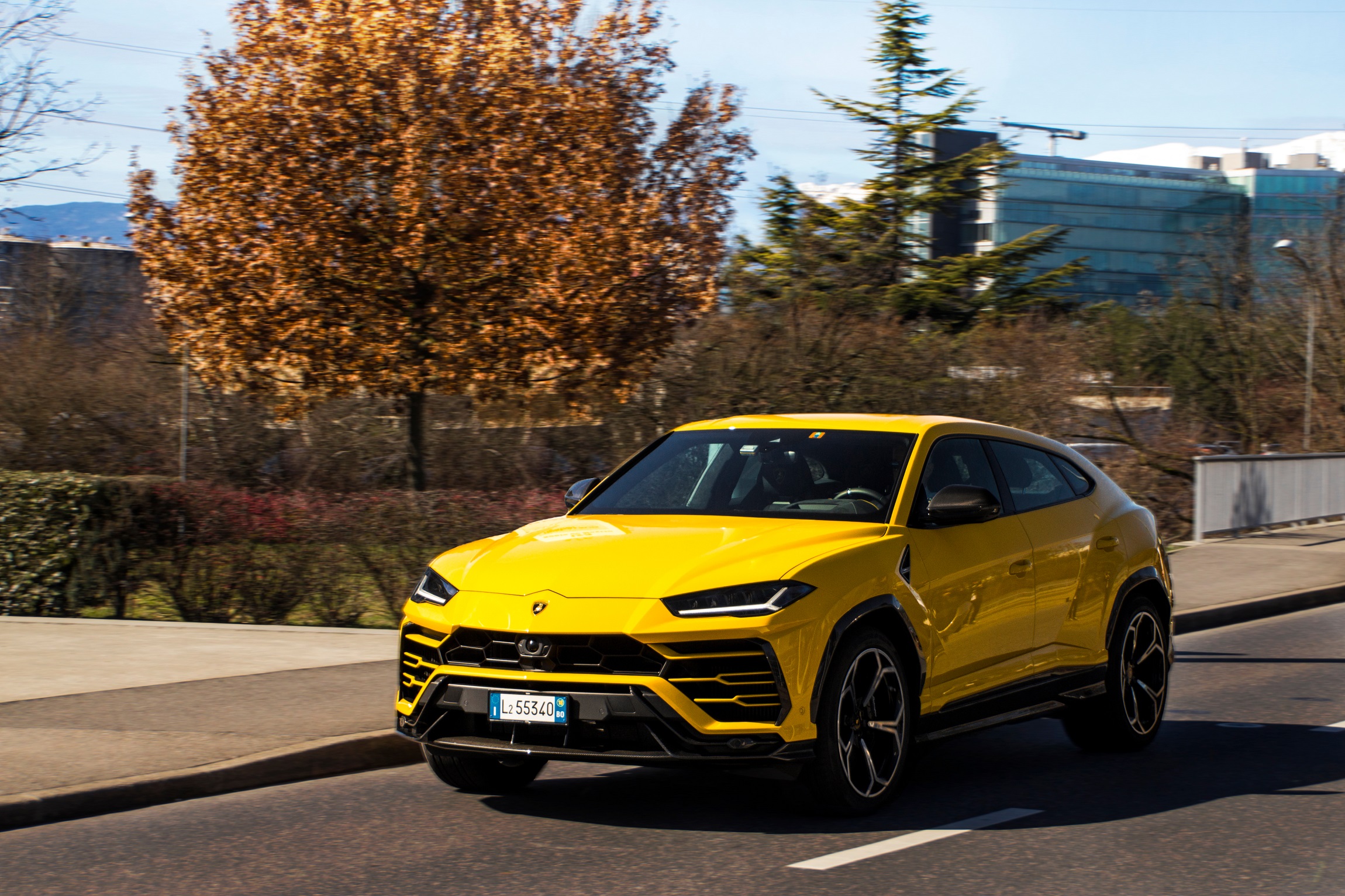
Similar to that of all overall colors of cars, when examining the SUV segment, it was found that yellow holds its value best. This was not a surprise, but interestingly enough, beige depreciates the most. Green came in as a close second in holding its value, with a 32.5% depreciation in three years.
Uncommon colors of SUVs include flashy colors such as orange, yellow, and green. Few people pick these, to begin with, so when they are found, those who want these colors will pay a premium. Gold and brown SUVs were found to depreciate the most as well, with a 43.4% and 42.4% depreciation respectively.
In general, popular colors include black, white, gray, and silver which depreciates slightly faster than average. Possibly because the colors are overused, therefore there is enough to cover the demand in the used car market. Purple and blue came in at the middle of the list, which is quite surprising. With purple vehicles losing 40% of their value and blue losing 39.9%.
Pickup Trucks are Work Vehicles
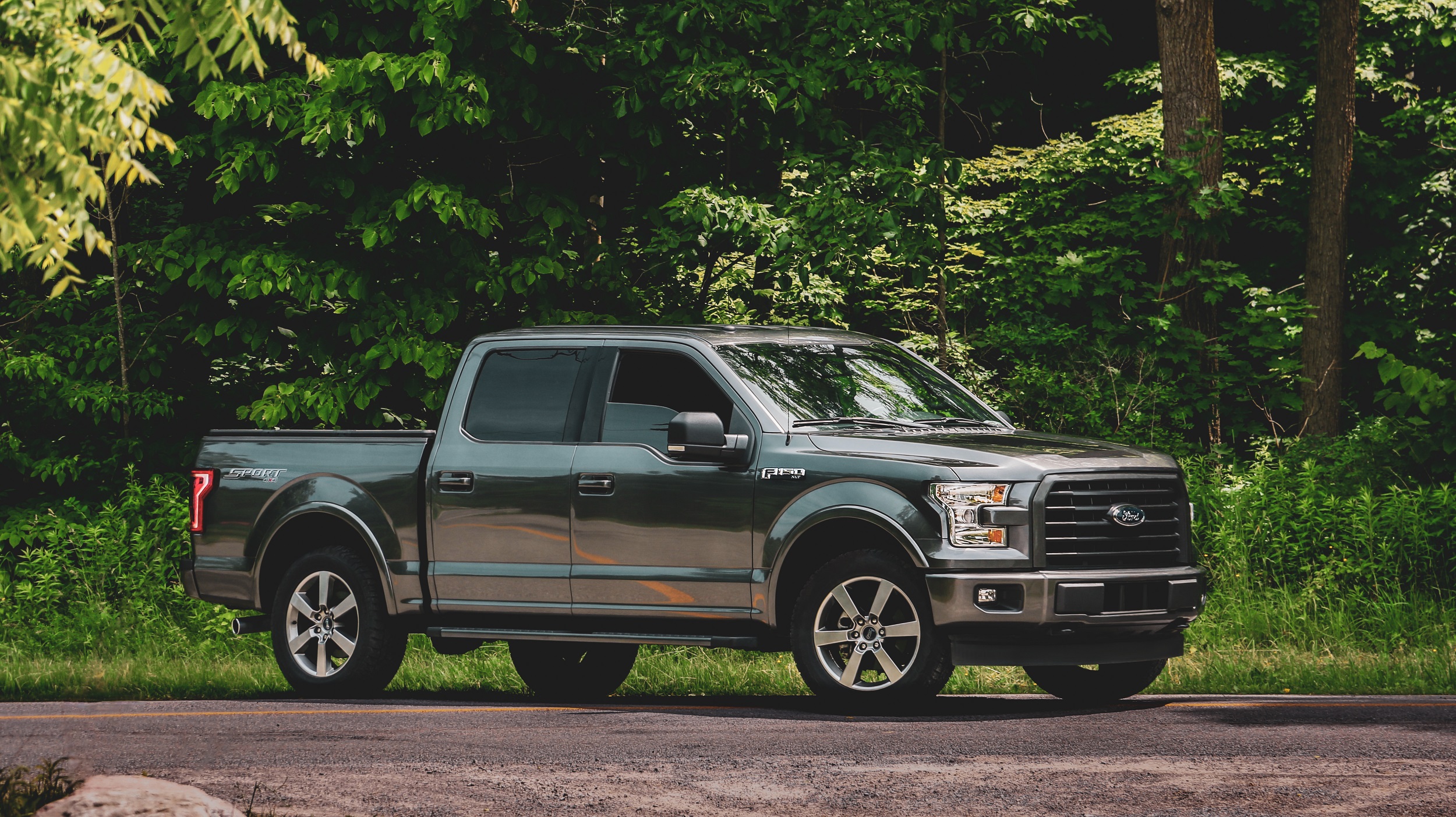
Since pickup trucks are typically considered work trucks, therefore, this reflects in color choices and how these vehicles depreciate. For example, beige retains its value the most with only an 18.1% depreciation, and brown depreciates the most at a 33.4% depreciation in three years.
In general, all pickup truck colors depreciated less than other types of vehicles. This is most likely because used pickup trucks are a huge market. What you might remember is a beige Toyota, that was called “quicksand.” This was exclusive to vehicles made in 2016 but then became available for all in 2017. Because these trucks tend to hold their value, this shade is seen as something special. Despite this, it is not the case for other pickups.
White and grey tended to be colors that also depreciated a lot. Possibly due to being used specifically for work, these colors tend to hide wear more than others.
Luxury at its Finest in a Convertible
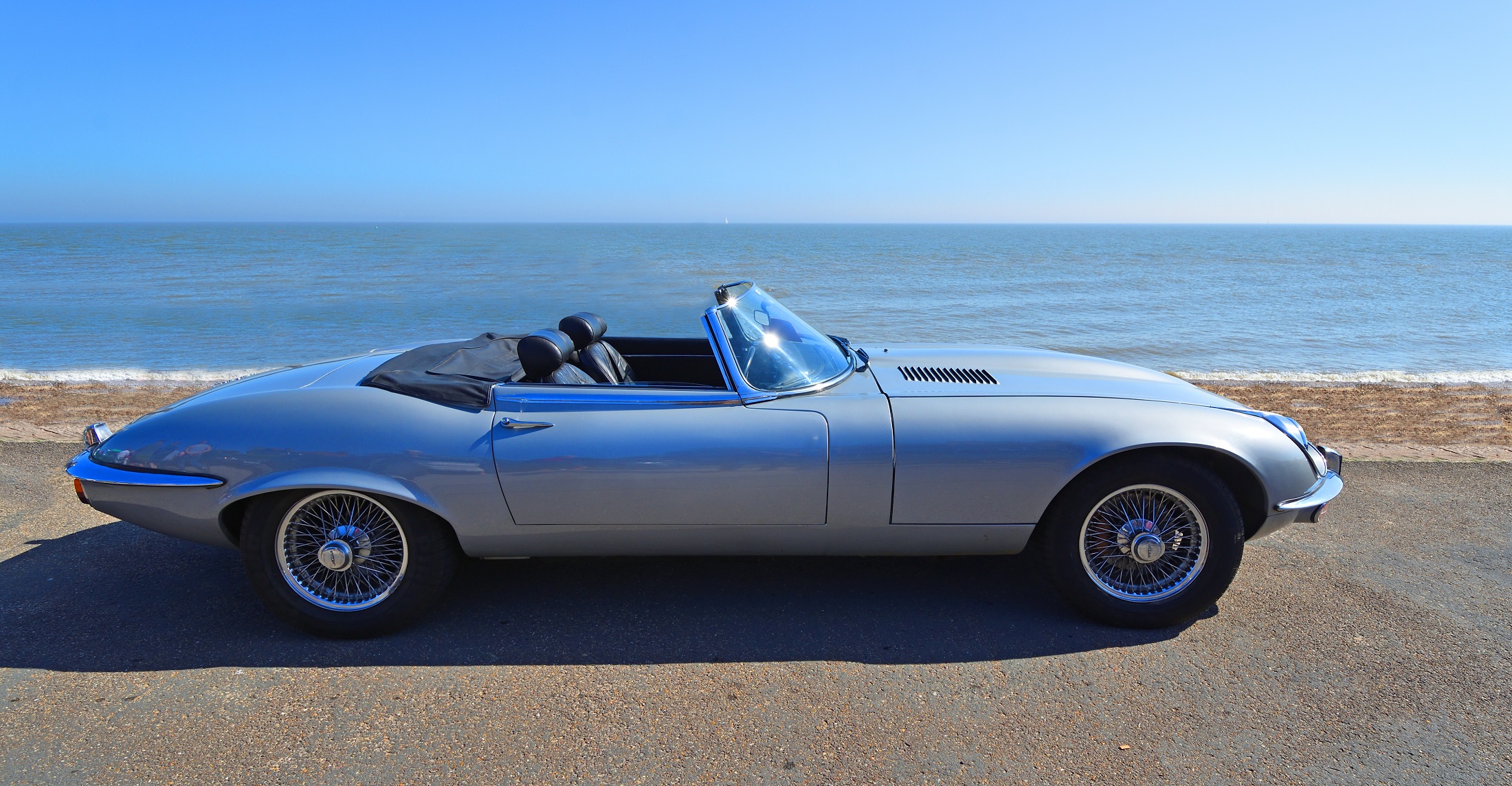
Convertible vehicles are considered to be luxury vehicles rather than utility vehicles. In the case of convertibles, bright colors tend to hold their value the most. For example, the average price of a red convertible was almost $51,000, while the average used price after three years was slightly over $38,000. This came out to a 24.5% depreciation over three years. This color tends to hold its value most likely due to a low number being produced. Buyers are willing to pay for red convertible because it is what they are accustomed to, and most likely specifically looking for.
Alternatively, colors such as silver, grey, and black tend to depreciate the most. Grey had a depreciation of 38.2% over three years, which is a lot more than the average. It makes sense because consumers buy sports cars in order to have a luxury vehicle that is seen, and these colors blend into the background.
Bright Coupes Hold Value
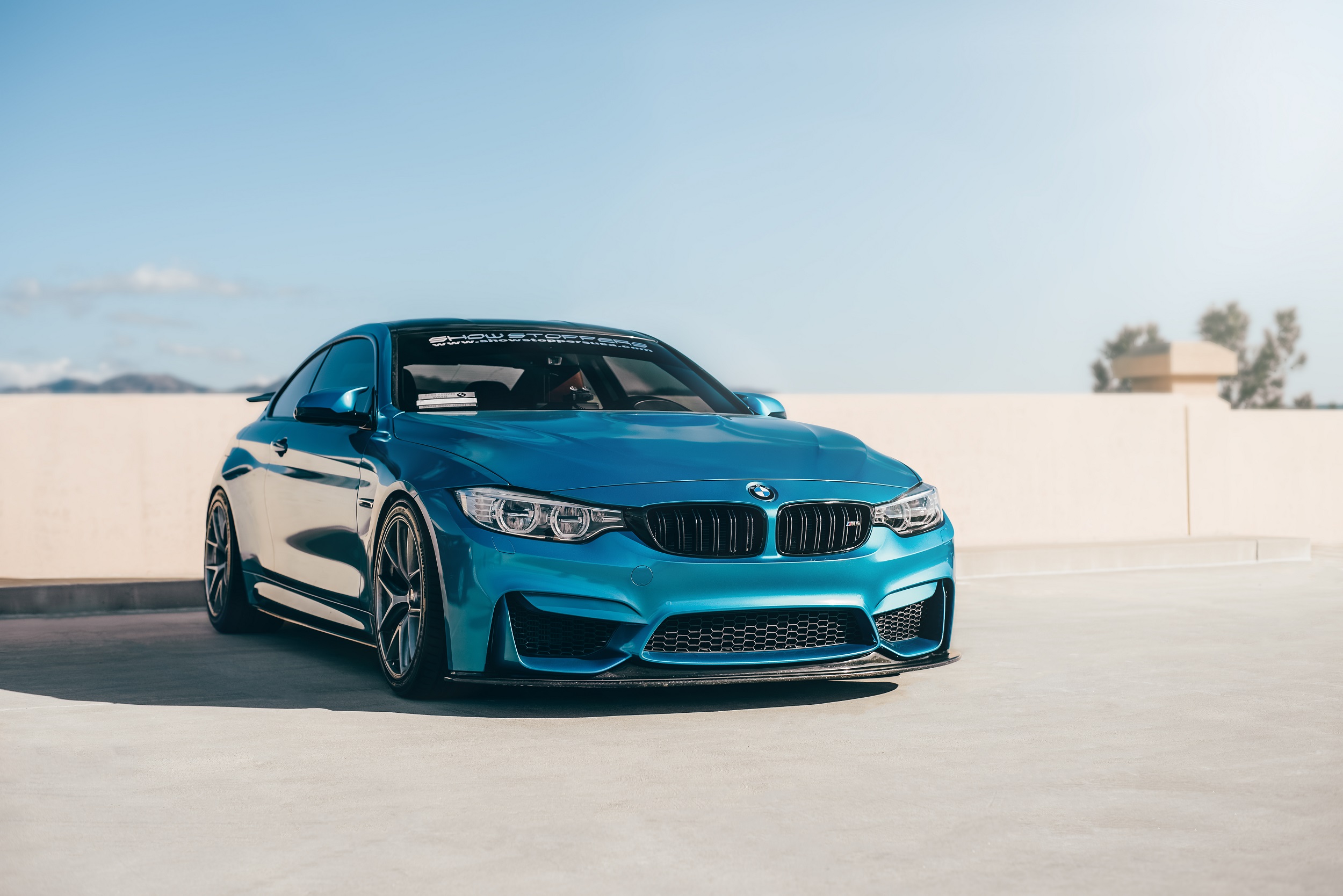
Coupes are rarer than sedans and are often within the sports or muscle car category. These cars are found to be desirable in bright colors and also hold their value more than other categories.
Yellow is an obvious choice for the color that holds its value the most. This is a common color for that of both a sports car or a muscle car, as it is seen as special. Often times special editions are made in yellow, and those are most often coupes.
Another color that is in demand for used coupes is black. Black depreciates less than the average vehicle as a coupe, with only 25.9% depreciation in three years. Grey had the largest depreciation at 32.7%, as it is not a commonly chosen, or desired, color in a coupe. What is most interesting is that red coupes depreciated 30.4%. This is thought to be a commonly chosen sports car color but did not hold its value for coupes.
Not Much Difference in Minivans

Minivans are known to be used for families and those with large numbers to shuttle around. As a whole, minivans did not hold their value as compared to other types of vehicles. Blue minivans tended to hold their value the best at 39.1% depreciation, while brown depreciated the most at 41.6%. This allows the used minivan market to be something sought after for buyers. In reality, there is not much of a difference between the depreciation of colors, as all are within 2% of one another regardless of color. These cars are used heavily by their owners and generally are priced based on condition rather than color.
Sedans Vary the Most
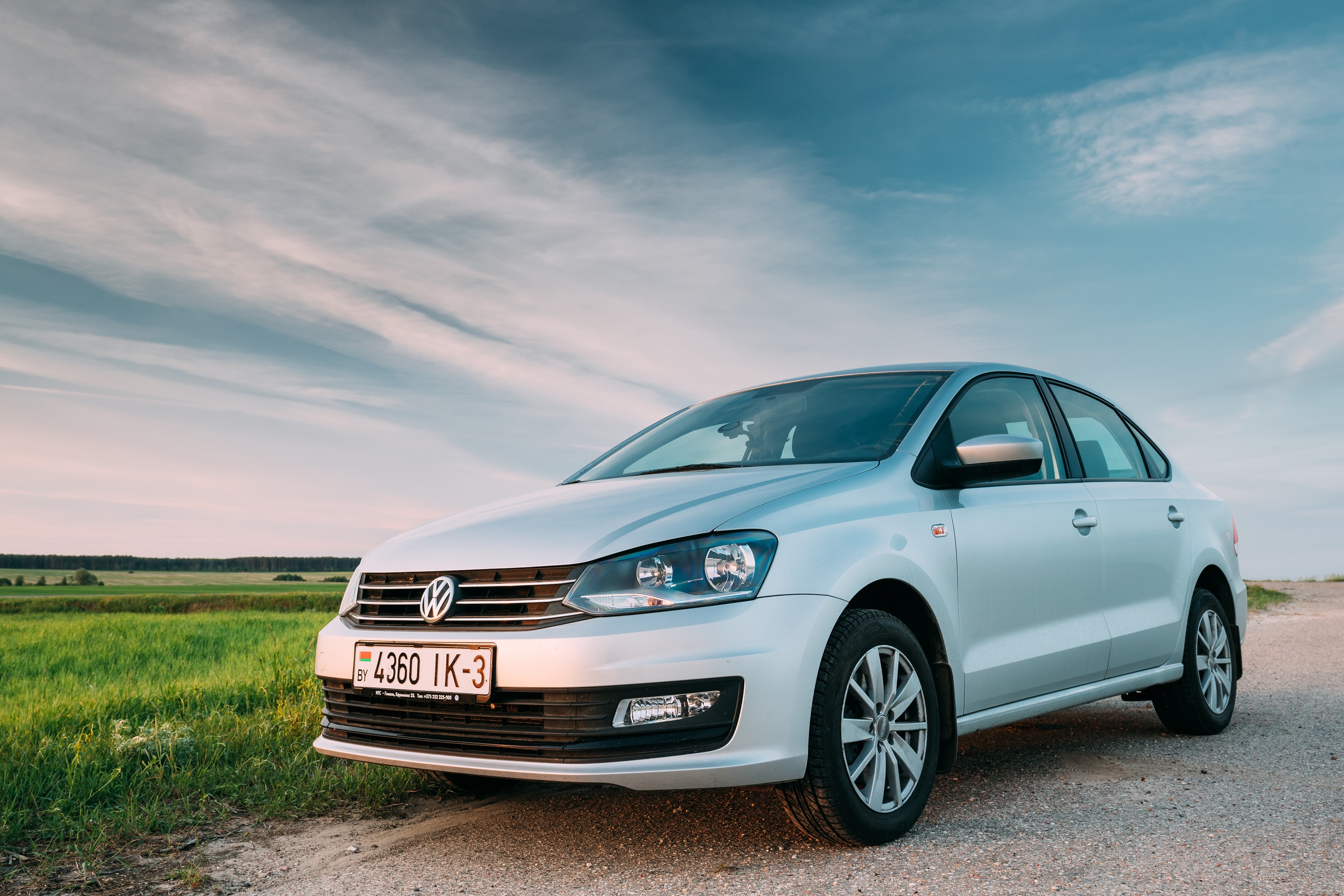
As the most common type of vehicle, sedans tend to hold their value dramatically differently based on color. Of all colors, yellow holds its value the best at only a 25.3% decrease, while green depreciates the most at a 48.5% decrease. The lowest-depreciating color of sedans is yellow because it does not heavily exist in the marketplace. This proves that there is demand for both this and red, as red only has a 37.5% decrease.
If you hope to get a good deal on a used sedan, then choosing one that is blue, beige, red, or yellow is the best choice. It is odd that these colors tend to hold their value, but they are also the rarest. As compared to black, gold, and white, which are easily found and therefore more easily found at a competitive price.
Sell Your Car on CashForCars.com
Depending on the color of the car you have, your used car may afford more cash than others. If you have even remotely considered selling your car, we can help you do so for cash, at CashForCars.com.
At Cash For Cars, we buy your used car and give you cash. Contact us today for more information or to get started selling your vehicle.